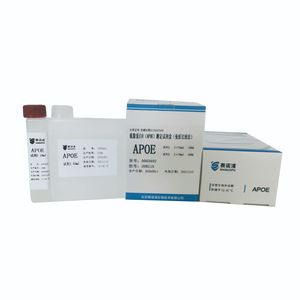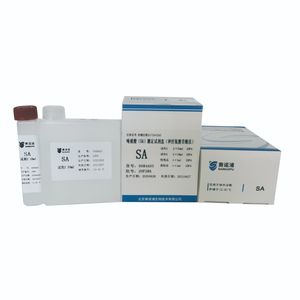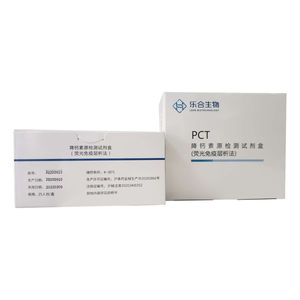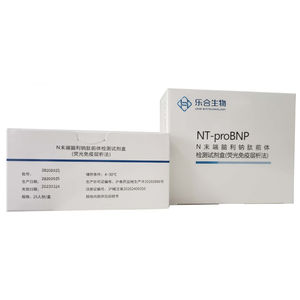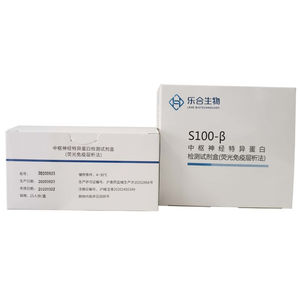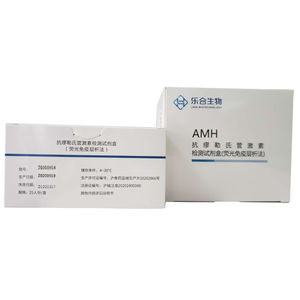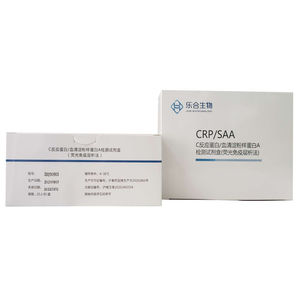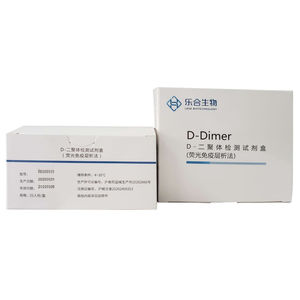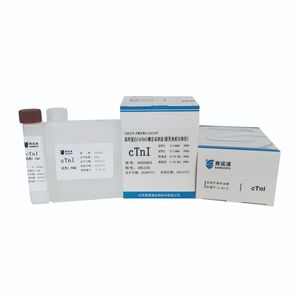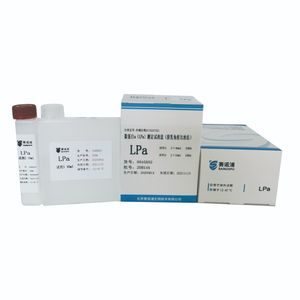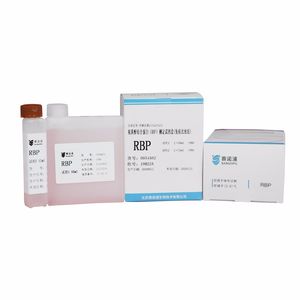
- Laboratory
- Laboratory medicine
- Antibody
- Beijing sainuopu Biotechnology Co., Ltd

- Products
- Catalogs
- News & Trends
- Exhibitions
Antibody reagent kit 20162400260diagnosticliquidASO
Add to favorites
Compare this product
Characteristics
- Type
- antibody
- Applications
- diagnostic
- Format
- liquid
- Tested parameter
- ASO
- Micro-organism
- bacteria
Description
It can be used to quantitatively detect the content of anti-streptococcal hemolysin O in human serum or plasma in vitro.
Streptococcal hemolysin O. It is produced by group A, group C and group G of beta hemolytic streptococcus, and has strong antigenicity. Antibody ASO can be used as a marker of streptococcal infection. In general, the titer of Streptococcus began to rise one week after infection and reached its peak in 3-5 weeks. If there were no complications or re-infection, the titer declined two months later and dropped to the pre-infection level in 2-6 months. Positive results suggested that there had been hemolytic streptococcal infection recently, but it was not a marker of disease activity. It was used for assistant diagnosis of acute rheumatic fever and acute glomerulonephritis, and differential diagnosis of rheumatoid disease and rheumatoid arthritis.
【Testing Principle】
ASO testing is based on latex immunoassay. When ASO is contained in serum, it reacts with SLO in R2 on latex particles, causing latex particles to agglutinate, thus forming turbidity. By measuring the turbidity generated by the reaction and comparing with the calibrated product, the concentration of ASO in the sample can be obtained.
【Testing Principle】
1. Reagent preparation: liquid double reagent, no need to prepare direct use.
2. Test conditions: The test environment is not more than 95% at temperature (15-37)degrees Celsius and relative humidity.
【Performance Index】
Analytical sensitivity: When the activity was 75IU/L, the absorbance change value (A/min) was in the range of (0.01-0.1).
Linear range: (5-400) U/L
Accuracy: Relative deviation should be less than (+10%).
Other Beijing sainuopu Biotechnology Co., Ltd products
Products
Related Searches
- Solution reagent kit
- Protein reagent kit
- Diagnostic reagent kit
- Laboratory reagent kit
- Histology reagent kit
- Immunology reagent
- Antibody
- Buffer solution reagent kit
- Quality control reagent kit
- Bacteria reagent kit
- Blood sample reagent kit
- Tissue reagent kit
- Serum reagent kit
- Enzyme reagent
- Monoclonal antibody reagent kit
- Calibration reagent kit
- Antibody reagent kit
- Vitamin reagent kit
- Immunoturbidimetric reagent kit
- Cholesterol reagent kit
*Prices are pre-tax. They exclude delivery charges and customs duties and do not include additional charges for installation or activation options. Prices are indicative only and may vary by country, with changes to the cost of raw materials and exchange rates.



